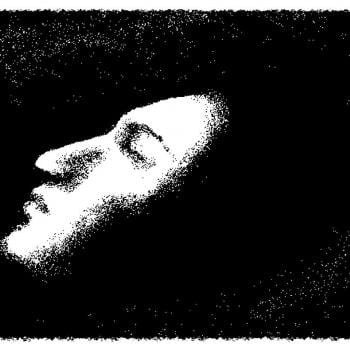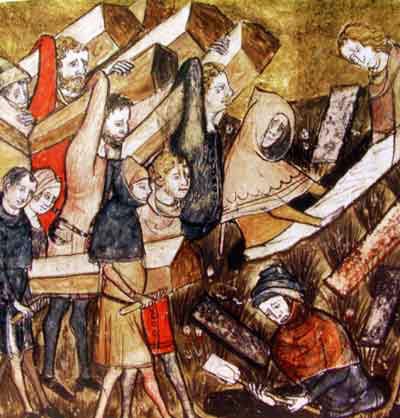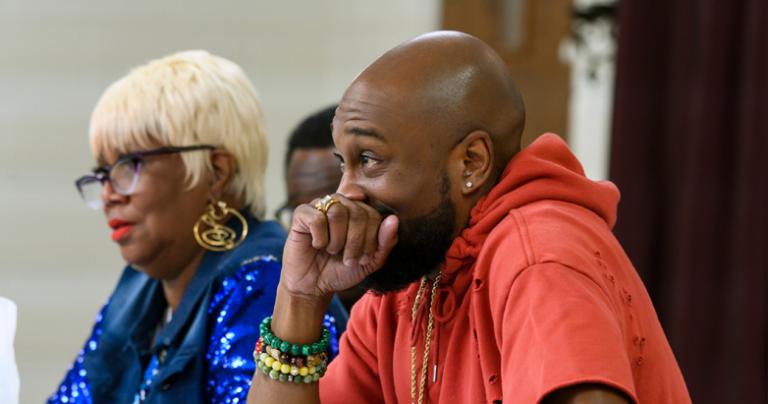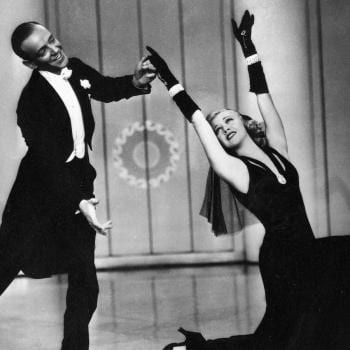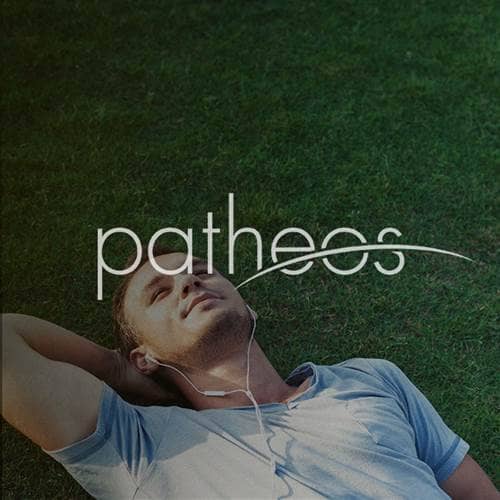- Trending:
- Pope Leo Xiv
- |
- Israel
- |
- Trump
- |
- Social Justice
- |
- Peace
- |
- Love

RELIGION LIBRARY
Sunni Islam
Gender and Sexuality
Issues of gender and sexuality have produced some of the most controversial conversations within the Islamic world. In part, this is because issues of sexuality and gender roles are discussed quite openly in the Sunni community, something that was as true in the medieval period as it is in the modern world. The text of the Quran itself speaks to both differences and equality between the sexes. It specifically acknowledges differences in gender roles in matters of legal testimony, matters of inheritance, and rules governing marital relationships. It also stresses spiritual equality and identical standards for belief and practice that each individual is responsible to maintain.
But text and society are two different things, and the ways in which scriptural injunctions are manifested in particular communities across time and place vary enormously and may appear, at first, inconsistent if not haphazard. This is the case for all social manifestations of religious practice, across traditions, and is particularly poignant when it comes to differences in gender relations and attitudes toward sexuality in different parts of the Sunni world.
On the one hand, gender issues are particularly controversial in the Islamic world because the religion is traditionally perceived as patriarchal. When it comes to issues of marriage, inheritance, and legal representation, men have an apparent advantage over women. This is because they are permitted to marry more than one woman, they inherit twice as much as their female relatives, and their testimony often does not require same kind of corroboration, in some cases, as that of women.
Nevertheless, even these issues are not as simple as they may at first appear. There is quite a lot of discussion about the circumstances under which a Muslim man may be permitted to marry more than one woman, and it is entirely unclear whether this should be applied as a rule or as a matter of special circumstances. It is also often the case that provisions for male inheritance take into account social structures that were part and parcel of the world in which the Quranic text was revealed, a time in which family structures generally meant that males provided for and cared for their female relatives, especially widows. In terms of legal representation, there are certain instances where men's and women's testimonies are equitable, and the social context in which these kinds of rules were elaborated, namely the medieval world, are an enormous part of why these regulations and restrictions appear in the ways that they do.
It would be a mistake, however, to overlook some of the very real differences and inequities in gender relationships that have been a part of the Islamic world. Leila Ahmed (Women and Gender in Islam) actually argues that the Quranic ethic in the life of Muhammad himself was more equitable then the succeeding centuries of Islamic law might indicate. She traces the narrowing and increasing patriarchy of Islamic practices to the social context of the later medieval era, and to broader patterns of militarization and education.
Many have sought to reinterpret both the scripture of Islam and its legal tradition from a perspective that may be more comfortable from the sensibility of the modern reader. Amina Wadud has produced a landmark work called Qur'an and Woman: Rereading the Sacred Text from a Woman's Perspective in which she reinterpreted many verses pertaining to women. The same scholar was the first woman to lead congregational prayer in the United States. This event was attended with much controversy, and is still considered unacceptable by the majority of Sunni Muslims in the United States.
Geographic and cultural diversity, however, make it important to put these kinds of controversies into context. In a country like Indonesia, for example, women have been delivering the traditional Friday sermon for many years. It is often noted that on the pilgrimage to Mecca, men and women are not separate in the prayer space surrounding the holy shrine, a circular enclosure in which gender segregation is impossible.
When it comes to sexuality in the modern period, these questions become even more fraught with controversy. As with other Abrahamic creeds, homosexuality as a practice is technically prohibited in Islam. From the perspective of Islamic law there is no such thing as a gendered lifestyle per se. What is prohibited or permitted is a particular type of action. Therefore, according to the vast majority of Muslim scholars, the practice of homosexuality in the form of particular acts is the issue at stake. This is perhaps a less complicated view of gender than that to which many modern thinkers may be accustomed. We tend to think of gender as an essential aspect of identity, as something that is greater than the sum of its parts. From the perspective of Islamic law, however, this kind of definition does not correspond exactly to an understanding of what a person is permitted to do or not to do. As a result, this kind of disconnect between the Islamic perspective in contemporary issues of gender and sexuality has in fact led to a broad range of views.
The Progressive Muslim Network, a group founded several years ago, espoused an all-inclusive view and did not discriminate on the basis of sexual orientation. Its members cited precedent from within Islamic tradition regarding tolerance, as well as Islamic law's rather difficult evidentiary rules for the prosecution of homosexuality. According to standards of Islamic law, it is practically impossible to fulfill evidentiary requirements for prosecuting sexual crimes of any nature, homosexual or heterosexual. In the modern period, this has been taken to signal a lack of interest in the regulation of personal behaviors, although this is an extremely specific and modern reading of the sources and the issue.
For many reasons it is probably impossible to separate contemporary Islamic thought from rather controversial issues surrounding gender and sexuality. One should hesitate to be either too apologetic on behalf of Islam, or too polemical. On the other hand, it is worth noting that the enormous diversity within the Sunni community - geographically, culturally, and ethically - also makes it impossible to generalize too much about gender norms within Sunni Islam.
Unfortunately, the dominant image in the West regarding Islam, especially when it comes to gender and sexuality, is that of the most restrictive aspects of life in the Arab world. This is unfortunate because not only is the Arab world a minority of the Islamic world, but Saudi Arabia, perhaps the most restrictive of the Arab states when it comes to women, dominates even within that small subsection of Sunni Islam. By taking a broader view, we may appreciate the more varied approaches to issues of gender, marriage, sexuality, and the relationship between the sexes that is manifest within Islam as a whole and Sunni Islam in particular.
Study Questions:
1. Why are gender issues still controversial within Islamic society?
2. Why does Leila Ahmed argue women had more rights in the time of Muhammad than in contemporary society?
3. How does location affect gender status? Provide specific examples.
4. How is homosexuality viewed within Islam?
5. Where does the West typically create its views of Islamic gender roles? Why is this restrictive?



